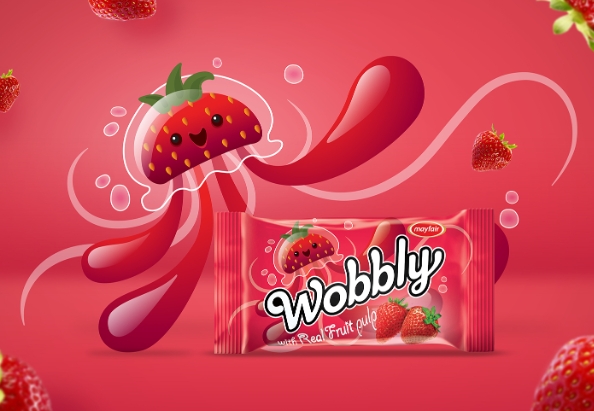Jelly Packaging Design: A Sweet Blend of Function and Aesthetics
Jelly has been a staple in kitchens around the world, but have you ever thought about the packaging design behind your favorite jelly jar? Effective packaging is not only crucial for preservation but also plays a vital role in attracting consumers. In this article, we’ll explore key elements of jelly packaging design and how they enhance user experience.
Understanding Material Choices
When it comes to jelly packaging, the choice of materials can make a huge difference in both preservation and presentation. Glass jars are a popular option because they are non-reactive, keeping the jelly fresh without altering its taste. They also add a touch of elegance, allowing consumers to see the vibrant colors of the jelly inside. On the other hand, plastic containers are lightweight and shatterproof, making them an excellent choice for families with young children. Regardless of the material, ensuring that the packaging is airtight is essential for maintaining freshness and extending shelf life.
The Art of Labeling
Label design plays a pivotal role in jelly packaging, influencing consumer choices at the point of sale. An attractive label melds vibrant colors and playful typography with a clear depiction of the product’s flavor. Incorporating images of fruits can evoke feelings of freshness and naturalness, while also signaling what the consumer can expect. Furthermore, providing essential information such as nutritional facts and allergen warnings in a clear and accessible way enhances consumer trust. A well-designed label not only communicates the product’s benefits but also aligns with the brand’s identity, making it memorable.
The Role of User Experience
Finally, user experience is an often-overlooked aspect of jelly packaging design. Easy-open lids and resealable packaging can significantly enhance convenience, making it effortless for anyone to enjoy their jelly. Additionally, the design should promote easy pouring or spooning, allowing users to enjoy every last bit without mess. Including features like a clear measurement scale on the jar can help bakers use the right amount for their recipes. These thoughtful design elements can make a significant difference in how consumers perceive the brand, transforming a simple jar of jelly into a delightful experience.
In conclusion, jelly packaging design is more than just a pretty face. It influences consumer choices, preserves freshness, and enhances user experience. By focusing on materials, labeling, and usability, manufacturers can create packaging that not only looks good on the shelf but also meets the practical needs of consumers. If you’re interested in jelly packaging, whether for culinary or business purposes, keep these elements in mind as you explore the sweet world of design!

